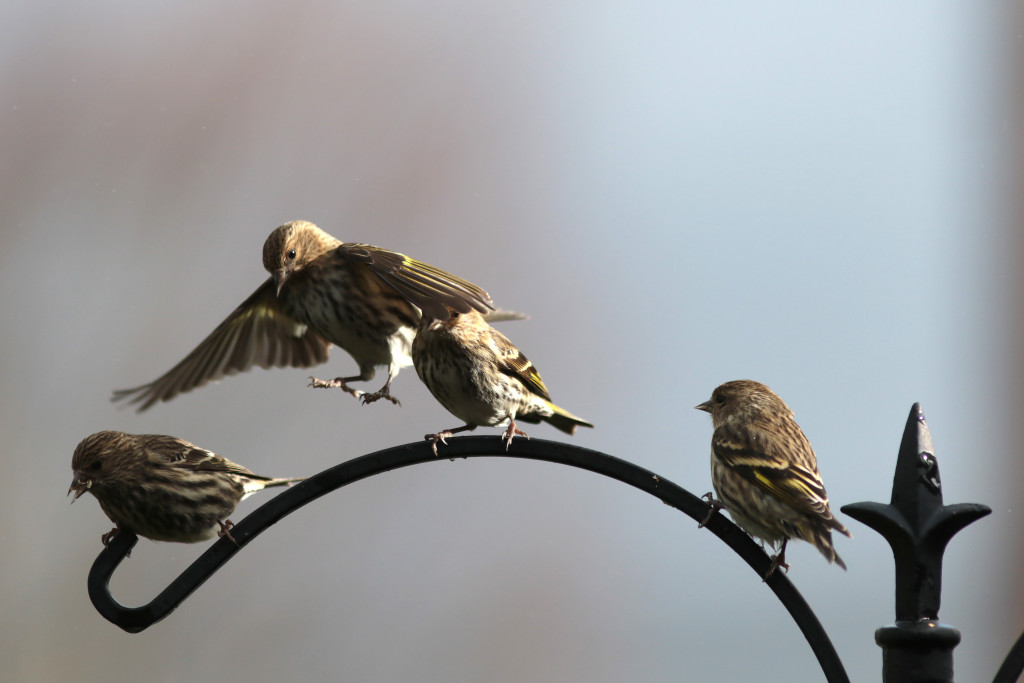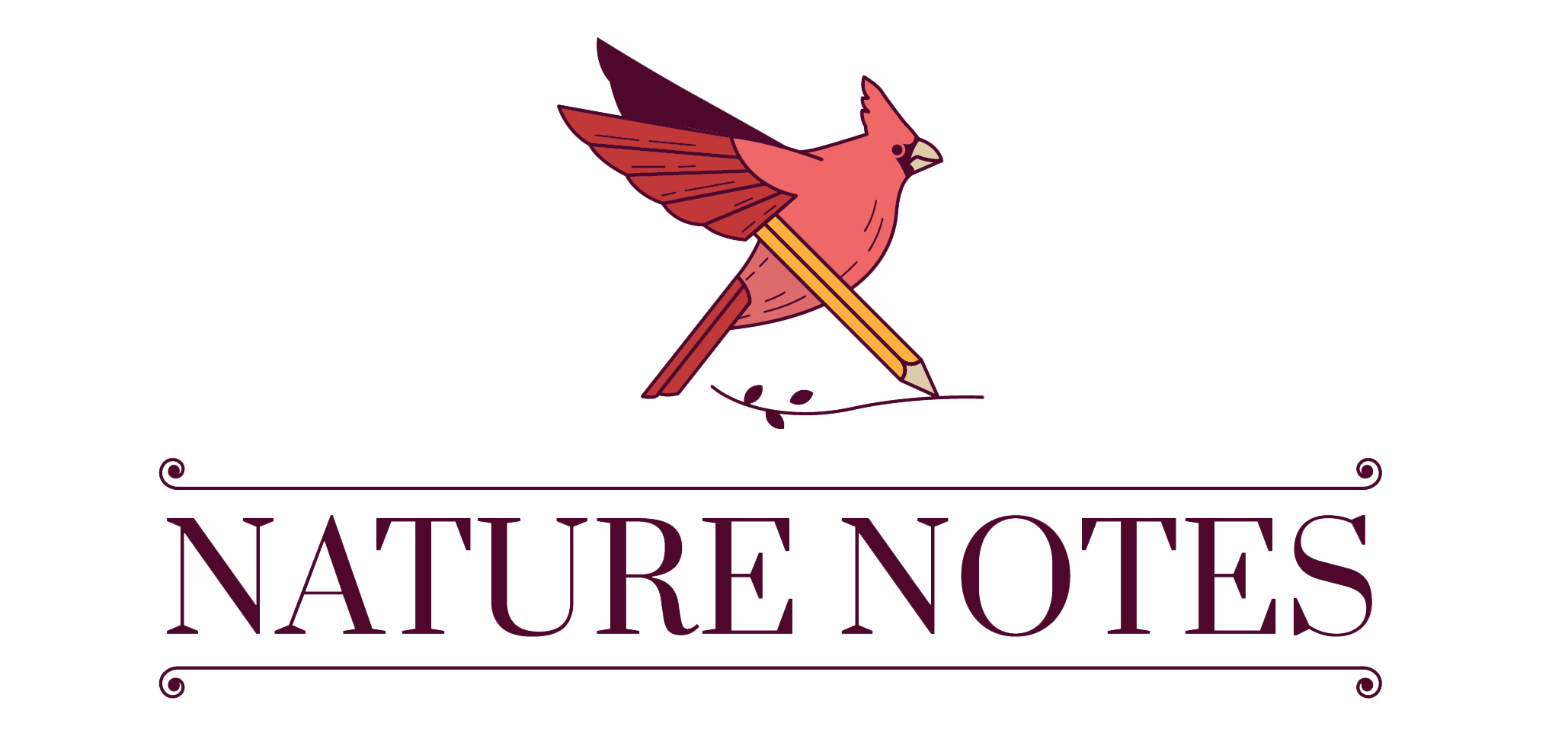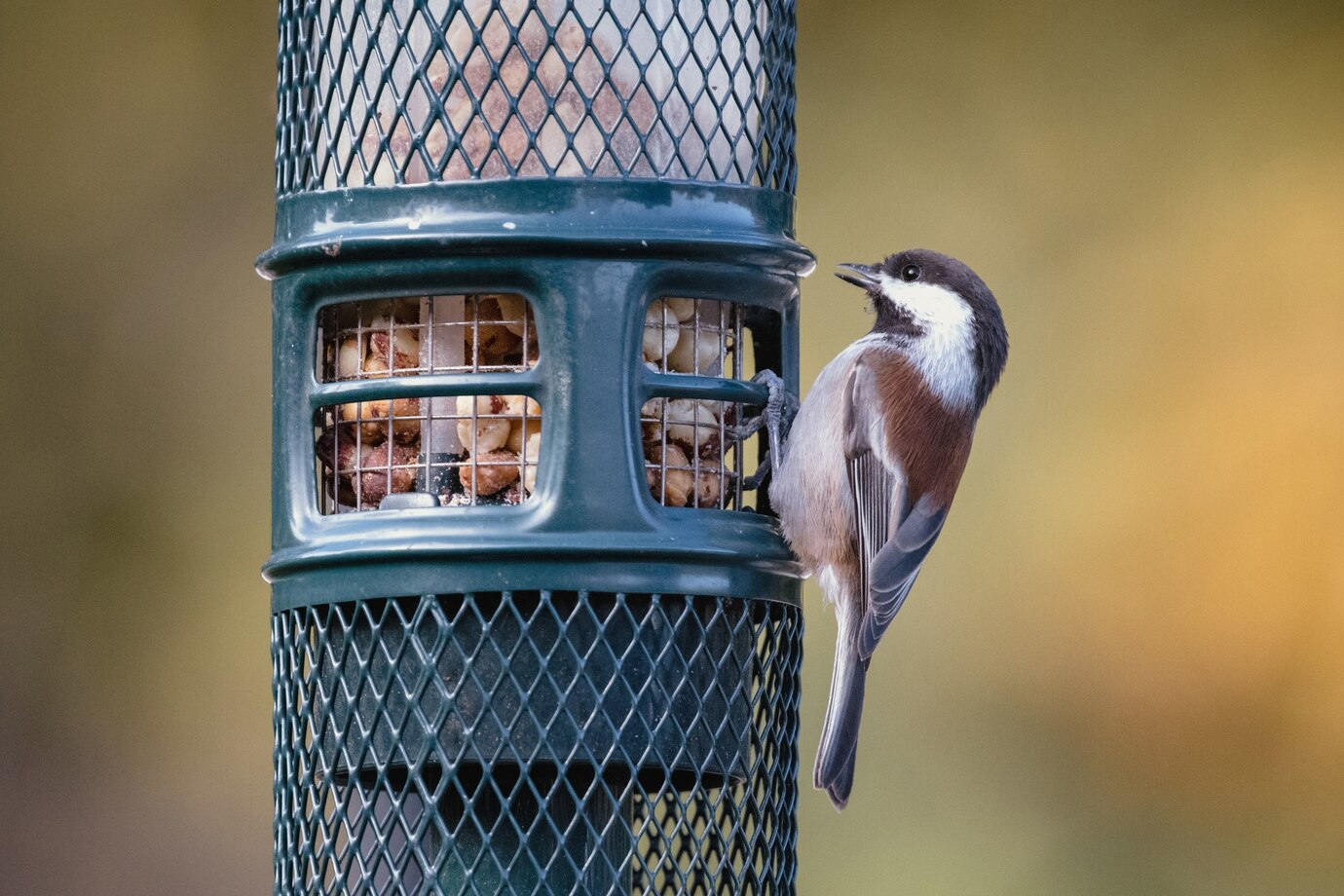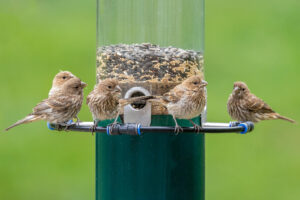Feeding wild birds is a rewarding pastime and a wonderful way to identify different birds in your area, which is good information to have if you are planning to use native plants in your garden to attract specific species. It’s also a great way to share a love of wildlife with children who may be too young to use binoculars or to properly enjoy birds in nature.
However, if you’ve ever purchased seeds at the supermarket or hardware store, you’re probably aware that the blends they sell contain a lot of filler seeds that birds turn their beaks up at. This junky birdseed ends up all over the ground, wasting money and attracting rodents. What are the best types of seed to buy for wild birds?
It really depends on which birds are found in your neighborhood, and by trying a variety of high-quality seeds, you’ll begin to see who is most likely to visit, and you can tailor your feeding to the birds who come by most often.
Which “filler” seeds should you avoid?
Filler seeds are such a waste of money because they are so rarely appropriate to the birds who may visit your yard. It’s not that nobody will eat them, but either they feed varieties of bird which rarely visit backyard feeders such as ducks, or your backyard birds prefer to eat every other type of seed first before they will reluctantly eat these fillers, meaning these get swept to the ground and are often eaten by rodents.
- Milo: Also called sorghum, milo seeds are BB-sized and red, and most birds will simply toss it out of the feeder. That’s good, because the only birds that eat milo are larger ground feeders such as ducks, wild turkeys, pigeons and doves, starlings and quail. If you don’t have these species visiting your garden frequently, then skip blends with this bulky, cheap ingredient.
- Red millet: While red millet is not truly useless, as a wide variety of ground-feeding birds such as doves, juncos, sparrows, wrens, thrashers, and starlings will eat it, almost all birds seem to prefer the white proso millet over the red. Why not give the birds what they want and avoid attracting rodents with wasted seed?
- Cracked corn: It’s bulky and inexpensive, but cracked corn does at least have a high carbohydrate content which many ground-feeding birds appreciate, especially if you live in an agricultural area where many birds are already used to feeding on grains. It doesn’t seem to be anybody’s favorite, but sparrows, jays, towhees, blackbirds, quail, ducks, and wild turkeys will all nibble on it.
- Weed seeds: Studies conducted at Oregon State University found that bird seed mixes are often contaminated with noxious or invasive weed seeds. Wherever possible, research your birdseed sources and create your own blends so that you can examine the ingredients and be aware of what exactly is going inside your feeder. If you buy commercially available blends, just make sure you pull the weeds underneath your bird feeders before the plants flower and spread.
What kind of bird seed should you buy?
When you’re first starting out with your backyard birdfeeder, you don’t yet know what types of birds are in your neighborhood. Begin by choosing a few high quality ingredients which feed a wide variety of birds, and see who visits. Once you get an idea of who is coming, you can tailor your seed purchases to their palates. You can also buy “aspirational” seed in the hopes of attracting birds who are in the neighborhood less frequently, but may be coerced to visit with a tasty snack. (Note from Gen: I use this triple-barreled feeder so that I can accommodate multiple varieties of birds with one feeder – if you want multiple feeders, consider this bird-feeding stand, which I use and love.) Here are some of the types of bird feed to choose from.
- Common seed mixes: Buyer beware here – read the ingredients first. Most of the mixes contain milo which, as we already discussed, very few birds eat. Milo often attracts European starlings and pigeons, neither of which you really want at your feeders because they will crowd out birds that have a harder time getting food in the winter. Don’t feel sorry for the starlings and pigeons though; they’ll fly off to the McDonald’s parking lot and be dining happily all winter.
- Black oil sunflower seed: This seed is a favorite for a variety of birds. It’s rich in both fats and proteins which is needed to keep birds healthy. Birds which enjoy eating black sunflower seeds are: chickadees, doves, goldfinches, finches, grosbeaks, Northern cardinals, nuthatches, pine siskins, titmice and woodpeckers.
- Hulled sunflower chips: This seed is actually chopped up pieces of sunflower seeds without the coats. This seed is also called sunflower hearts. The following birds enjoy this type of seed: chickadees, juncos, doves, finches and goldfinches, grosbeaks, nuthatches, pine siskins, titmice and woodpeckers.
- Niger/ Nyjer thistle: This seed is actually an imported seed culled from African daises, not collected from thistles. This is an all-time favorite among juncos, doves, finches, goldfinches, indigo buntings, and pine siskins. (Note from Gen: I have ensured a steady flock of pine siskins in my front yard with a niger thistle sock finch station; it keeps both my toddler and my indoor cats entertained.)
- Safflower seed: Feeder hogs like blackbirds, starlings and grackles don’t really like it. It is also purported to be less tasty to squirrels (your mileage may vary). However, northern cardinals love it, and, doves, purple finches and titmice also enjoy it.
- Striped sunflower is an all-time favorite of a lot of birds. It has a harder shell than black sunflower seeds. Chickadees, blue jays, doves, grosbeaks, northern cardinals, nuthatches, titmice and woodpeckers will devour striped sunflower seeds, and squirrels love it too. If you don’t want squirrels, you may have to put up a squirrel proof feeder.
- White proso millet: sunflower seeds and millet are sometimes mixed together in a bag of bird seed or they can be purchased separately. Sparrows, dark eyed juncos, doves, indigo buntings, and towhees all enjoy eating millet. Unfortunately, house sparrows (which crowd out other species of birds), cowbirds and blackbirds like it too. Millet can also be spread on the ground for ground feeding birds.
- Fruit and nut blends: Many birds such as woodpeckers, titmice, nuthatches, chickadees and jays like peanuts (not raw), and birds like robins, thrushes, waxwings, woodpeckers, and blackbirds like fruit, either fresh (bananas, berries, grapes or melons) or dried in a fruit and nut mix (take it easy on the raisins as they have the potential for being toxic in high quantities).

Seed blends for Northwest birds:
All-purpose blend:
- 1 part black oil sunflower seeds
- 1 part white proso millet
- 1 part medium sunflower chips
Blue jay food:
- 2 parts black oil sunflower seeds
- 1 part hulled peanuts (unsalted, cooked in 350 degree oven for 15 minutes to remove the trypsin which can harm birds)
- 1 part striped sunflower
Finch and small bird mix:
- 1 part niger
- 2 parts black oil sunflower seeds
- 1 part white proso millet
- 1 part sunflower chips
Note from Gen: If you frequently buy bulk seed, consider investing in an airtight container for them so they don’t go stale. This is the one I use, and I store it outside under my eaves.
What about suet?
Suet is made from rendered fat and made into an alternate food source to birds. There are many different types of suet, from plain suet to a variety of suet blends which include seeds, nuts, bits of fruit, or even insects as a protein source. Suet comes in different shapes, from the square cake that fits in those traditional wire suet feeders, or bells, rounds, or other decorative shapes. You can buy suet anywhere you buy birdseed, but many birdwatchers prefer to make their own. If you make your own suet, you know it’s fresh, and you can tailor it to the birds who come to your feeder.
Suet recipes for Northwest birds:
Pacific Northwest Birds: Peanut Butter Suet Recipe
Birder Zen: Homemade Suet Ornaments for Wild Birds
Washington Department of Fish and Wildlife: Favorite Suet Recipes
Birds that eat suet are woodpeckers, flickers, chickadees, titmice, nuthatches, wrens and other birds that cling. Keep suet refrigerated until you are ready to use it and don’t put it out if the temperature is below freezing or above 60 degrees.
Feeding the wild birds is a fun and interesting hobby. Just make sure what you are feeding is nutritious to the birds and you’re not wasting money buying junky birdseed that nobody will eat. Happy feeding!



